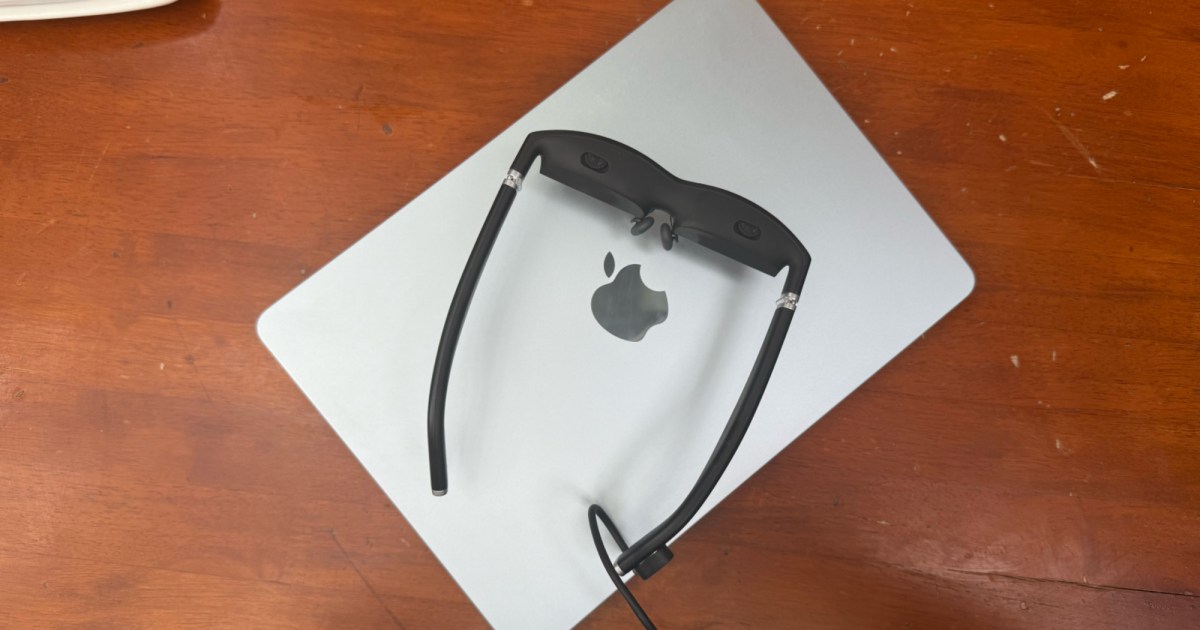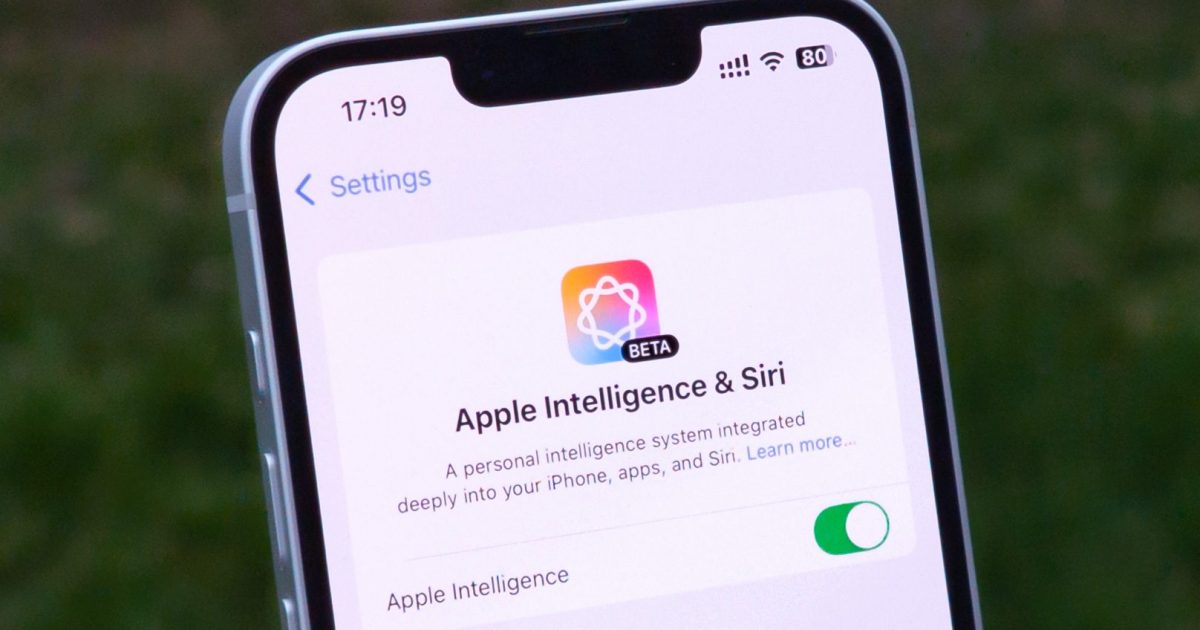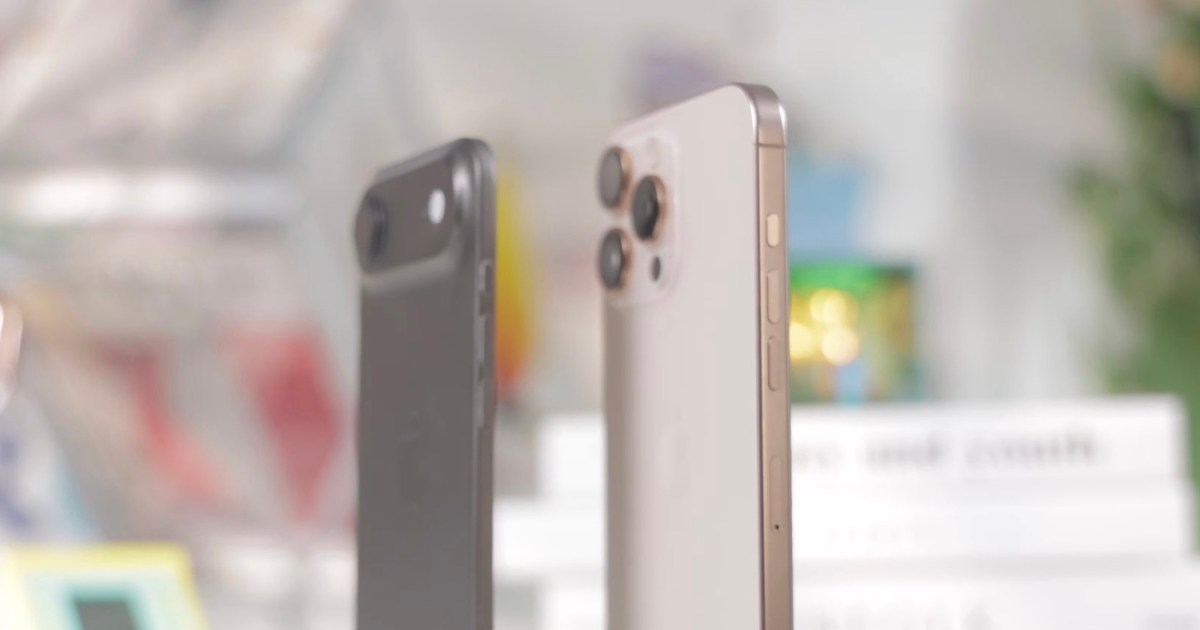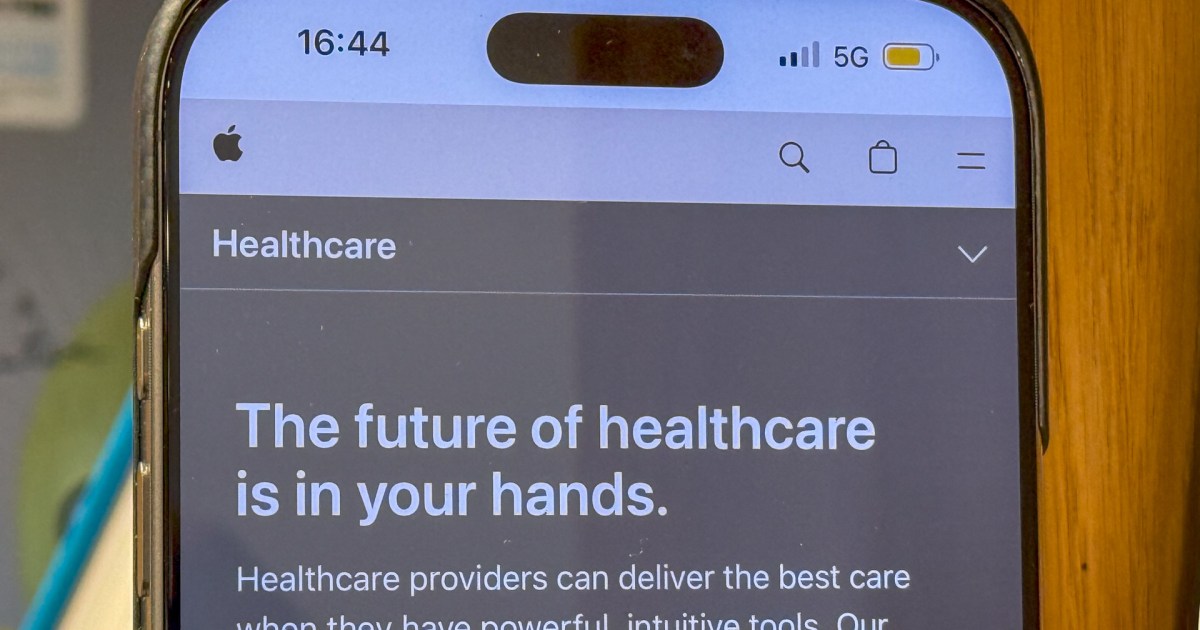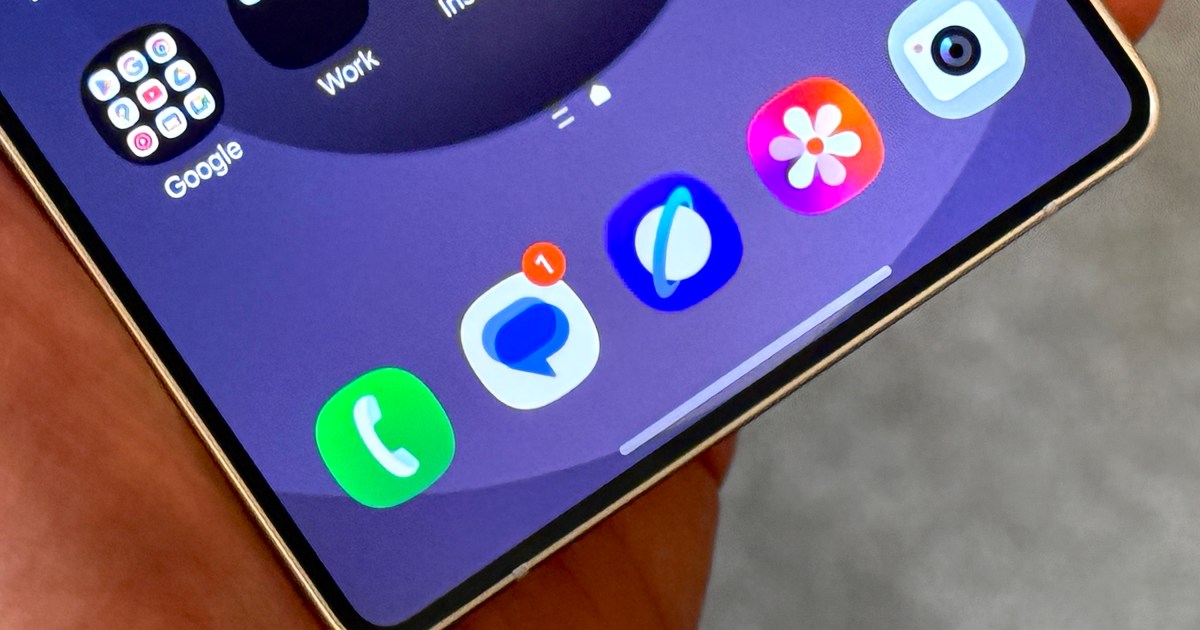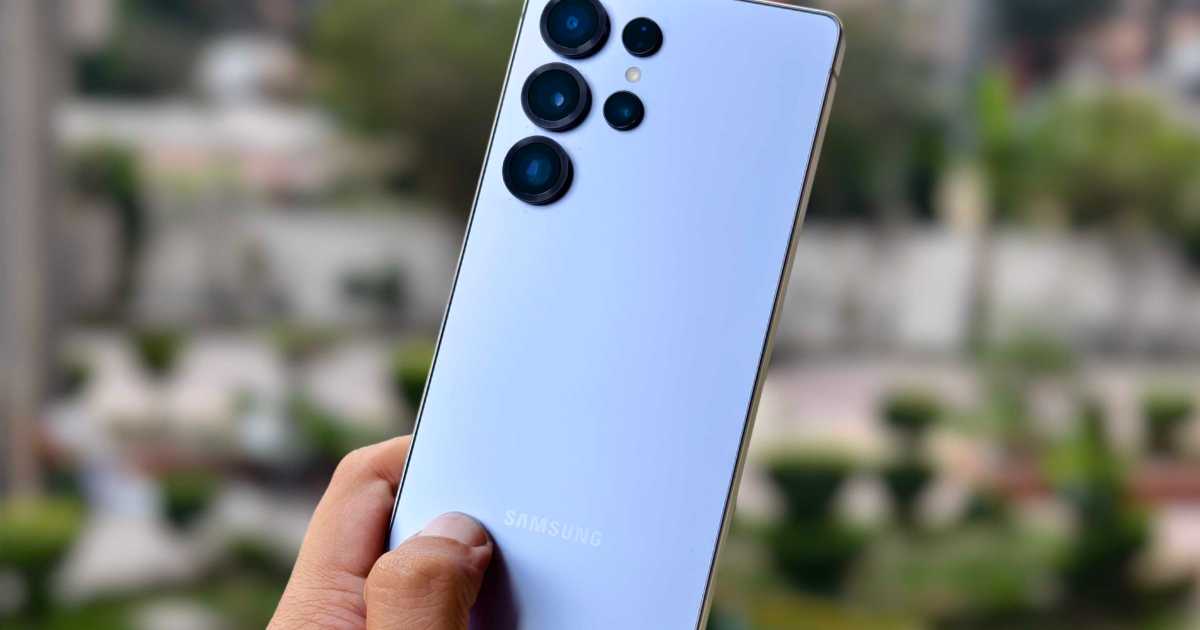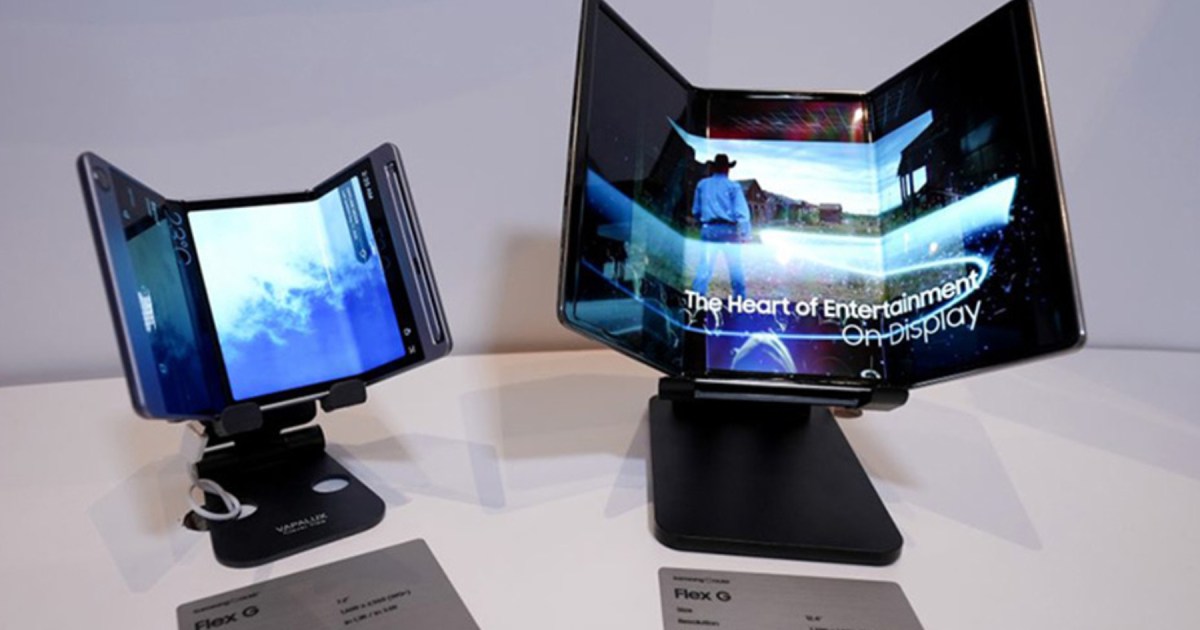The rumored Apple Glass, a highly anticipated wearable, may have just seen its release date and development details leaked. A recent Bloomberg report, citing sources familiar with the matter, suggests Apple is developing specialized chips to power these smart glasses, addressing the challenge of balancing processing power with lightweight design and battery life.
Apple’s Chip Strategy for AR Glasses
Creating a powerful yet energy-efficient processor for the Apple Glass presents a significant hurdle. The glasses are expected to handle data from multiple external cameras for real-world AR interactions, demanding substantial processing capabilities. According to the report, Apple is basing these new chips on those used in the Apple Watch. However, the increased demands of AR functionality require a more robust design. Bloomberg’s sources indicate these chips could enter mass production by summer 2026, hinting at a potential Apple Glass release in the same year.
Apple’s AR Ecosystem
Apple has been steadily building its AR ecosystem for years, refining AR apps across iPhones and iPads, culminating in the immersive Apple Vision Pro experience. The transition to AR glasses seems a natural progression, leveraging Apple’s existing expertise. Reports suggest Apple is developing two versions of the glasses: one with AR capabilities and another without. The latter, codenamed N401, might resemble Meta’s Ray-Ban glasses, offering features like call control, photography, and digital assistant integration. Apple reportedly aims to integrate the sensing capabilities of the Apple Watch and AirPods, utilizing new chips like “Glennie” for AirPods and “Nevis” for the Apple Watch, to enhance the glasses experience.
The Processing Power Challenge
Developing a processor capable of handling multiple camera inputs, sensor data, and user interactions while maintaining a lightweight, compact form factor and preserving battery life presents a formidable challenge. To overcome these limitations, it’s speculated that Apple might offload some processing tasks to the user’s iPhone, distributing the computational load. While this approach could enable a new generation of wearable devices, it might also further integrate users into the Apple ecosystem for optimal performance.
Conclusion: Apple Glass in 2026?
While the details remain unconfirmed, the Bloomberg report provides tantalizing insights into the development of Apple Glass. The focus on specialized chips highlights the technical challenges involved in creating a truly compelling AR wearable. If the reported 2026 production timeline holds true, Apple Glass could finally become a reality, potentially reshaping the AR landscape and further solidifying Apple’s position in the wearable tech market.



